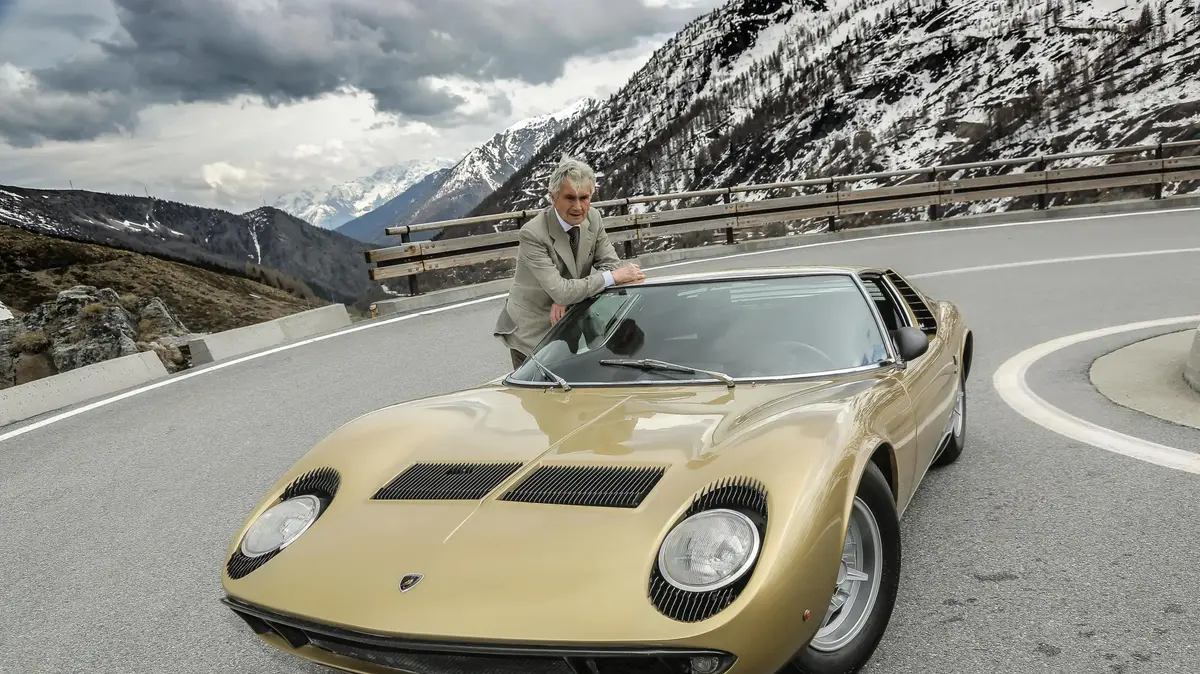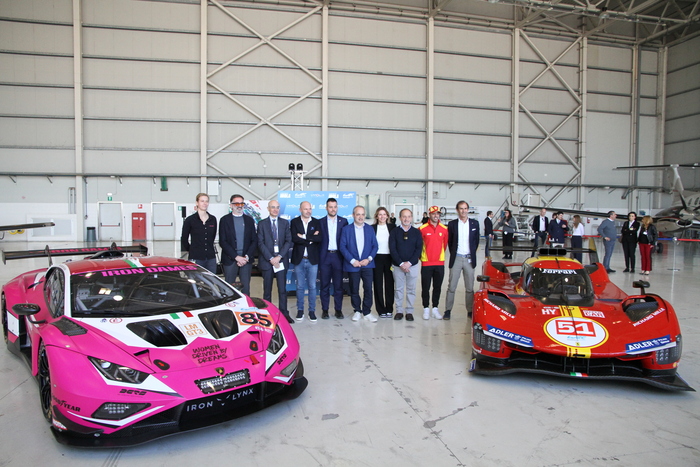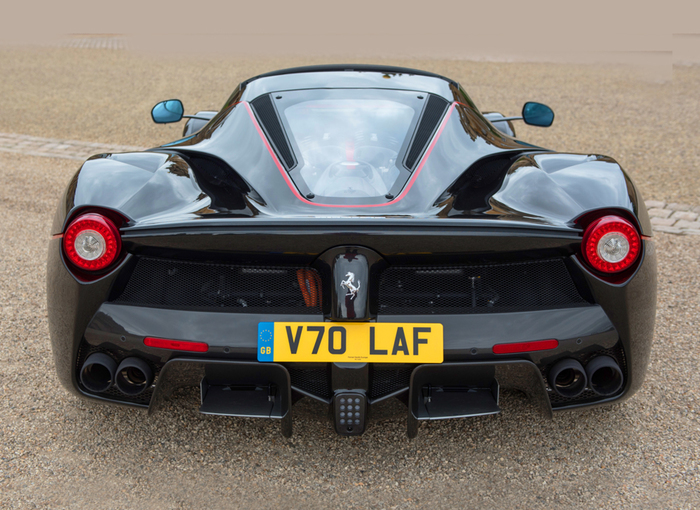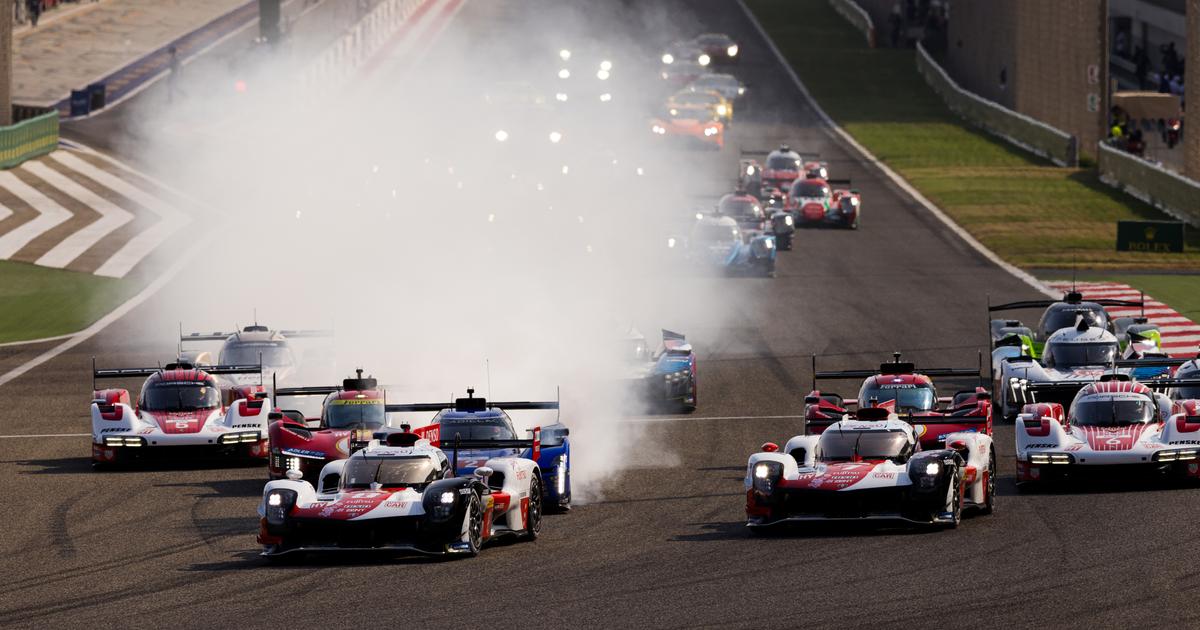Ferrari
and
Lamborghini
star in one of the toughest clashes in motorsport history.
The deep admiration was followed by times of mistrust, like two parallel lines that -separated by only 35 kilometers- nevertheless sparks sparks.
But once those lines were crossed.
It was an episode bordering on myth: the day Lamborghini's emblematic designer managed to put a Trojan horse behind the walls of Maranello.
Ferrari 308 GT Rainbow
As if they were written by the Roman Virgil or by the Greek Homer, the pages distribute epic roles.
Don Ferruccio, representing the ingenious Achaeans.
Don Enzo, like the Trojans
who dominated the city behind the walls and who let themselves be intoxicated by triumphalism.
In the middle there was another bid, that of two design houses that also coexisted a stone's throw away:
Pininfarina
-the classic study of the Prancing Horse- and
Bertone
-the new bet, with credits on the opposite sidewalk-.
All the duels took shape in the silhouette of the Ferrari 308 GT Rainbow, a two-door sports car with strong reminiscences of the usual rival.
Carrozzeria Bertone, the person in charge of the Ferrari that looked like a Lamborghini
Since 1952, Pininfarina dominated the design of Maranello.
Founded in 1930, this body company had already left its mark on the Ferrari 250 GT Berlinetta Lusso (1952), the 410 Superamerica (1955), the 275 (1964), the 330 GTC (1966), the Daytona (1968) and the 365 GT4 BB (1973).
But at the beginning of the seventies the manufacturer looked for an alternative.
They found it in another inhabitant of Turin.
Ferrari 308 GT Rainbow
Carrozzeria Bertone was already an internationally renowned player.
Longer than Pininfarina (she was 18 years older),
she had experience with Fiat, Lancia and Alfa Romeo.
The most striking lines of his resume corresponded to Lamborghini: Bertone had been responsible for the straight lines and sharp angles of his main creations, including the Miura (1967), the Urraco (1972) and the Countach (1971). ).
In other words:
the iconic lines of the adversary are still his authorship today.
Perhaps at Ferrari they expected coachbuilders to sharpen the pencil differently.
With that aspiration, they entrusted him with the 308 GT4 project.
They presented it at the Paris Motor Show in 1973 under the
Dino brand,
the seal with which the Prancing Horse released vehicles that did not have a V12 engine
.
Some time later, they upped the ante: they gave him chassis 12,788 of the model unveiled in the French capital and gave him absolute carte blanche to modify it.
What they received in 1976 was a provocative and extravagant reversal, but with a familiar air: it did nothing more than sharpen the typical wedge shapes of the rival house, a "hollow ambush" at the height of Homeric myth.
Ferrari 308 GT Rainbow
Ferrari 308 GT Rainbow: this was the Trojan Horse
Marcello Gandini was then described as a designer with his own path within Bertone.
In 1963 he had shown up at its doors and had been very close to entering, but a superior gave him the thumbs down.
It was three years later, when his executioner had already left the company, that he joined the company.
He served there until 1980.
Called up to work on a unit of the 308 GT, he was serving as chief designer and was considered a master of the trade.
The construction of houses and furniture served as a source of inspiration to return to the vehicles renewed.
Ferrari 308 GT Rainbow
His look was holistic: even today he believes that design and mechanics feed off each other.
One of the maxims that he recently revealed to Forbes magazine reads: "My philosophy has always been based on trying to make each project radically different from the previous ones."
In 1976, for once, it was not so.
Ferrari Rainbow
The final video that Bertone presented.
In reality, the Rainbow diverged from the base model in several ways: it was shorter, the rear was cropped.
But on the day of its presentation at the Turin Motor Show in 1976,
these touch-ups only revived the ghost.
In its compact version, the concept car made the angular profile more aggressive, with an absolute absence of curves that softened the view.
To make matters worse, the rear sector was flat, except for a protruding box over the engine.
Ferrari 308 GT Rainbow
Robotic drawing was several years ahead of what would happen in the following decade.
The metallic color (first white, then repainted in a light blue) deepened that futuristic look, in another resemblance to the Urraco and the Countach, works that also bore Gandini's signature.
The tubular chassis was made of steel, with fiberglass on the floor.
The Targa-like roof could be manually stowed in a rear compartment, making the car convertible.
The front headlights, meanwhile, were retractable, a mechanism that the brand had already explored but that was an unmistakable sign of Sant'Agata Bolognese.
On the sides, ventilation grills recharged the straight lines.
Always,
even if they didn't want to see it, Lamborghini was there.
It inherited the engine from the 308 GT4: a 3-liter V8, it had four carburettors and was located just ahead of the rear axle.
It delivered a power of 250 CV at 7,700 rpm.
The transmission was a manual, five-speed.
The stick appeared as the only instrument on the center console, in an interior that mixed black leather, beige carpets, and white seats and dashboard.
In the classic episode, the Trojans debated: was the horse that had appeared at the gates of the city a trap or an offering?
The final decision led them astray.
They opened the wall and the Achaeans came out like ants to unleash “carnage and death”, giving them the final blow of the war.
At Ferrari, on the other hand, they were forewarned:
the invitation to Bertone had been just a test.
It was never repeated.
They soon returned to Pininfarina, which had a resounding success like the Testarossa (1984).
In the end, it was always clear that the deceitful machine would not take Maranello by storm.
look also
The revolution of the first great American sports car: this is the most furious Corvette in history
The goodbye of the last super car of James Bond: the most powerful Aston Martin in history says goodbye
They created a 2,000-horsepower super sports car and are raising a collection to unseat Mercedes-Benz
An all inclusive experience, the original proposal that breaks the mold in the summer of Pinamar
Who is the Argentine who sold more than 2,000 Rolls-Royce in one year and pushed the brand record?






/cloudfront-eu-central-1.images.arcpublishing.com/prisa/UIMXNS2WDR57VLV6EURLL6HF7E.jpg)








